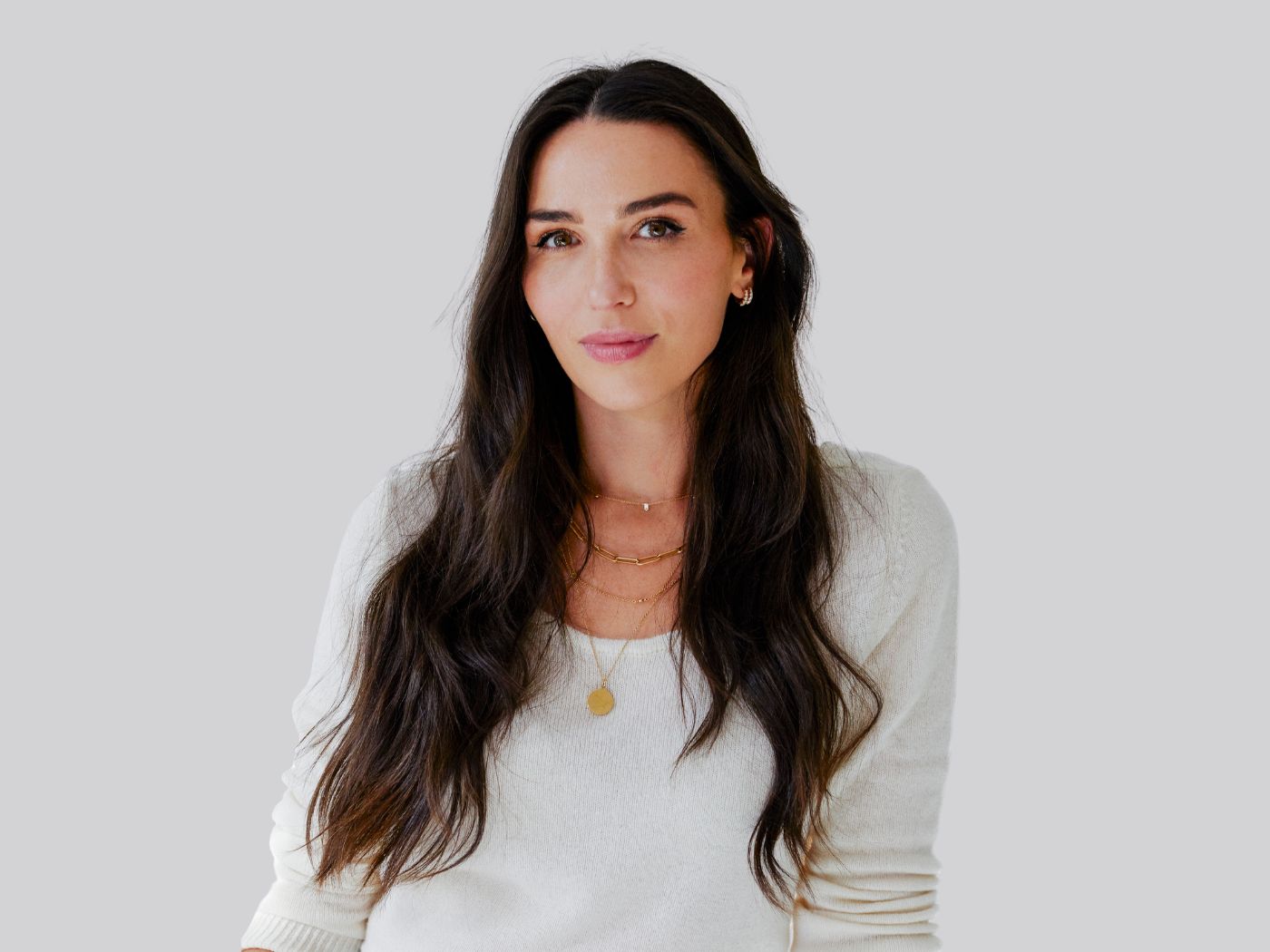Two weeks following the homicide of George Floyd in Minneapolis, Minnesota, and the subsequent global movement to end systemic racism, beauty companies appear to be taking steps to effect sweeping change.
This week, numerous pledges and promises flooded social media by brands and companies committing to be more mindful of a diverse workplace, to identify and eradicate racism and to make internal changes that allows them to do both. Most notably, Shiseido tapped Tiffani Carter-Thompson to lead its diversity and inclusion employee-led group. Tiffani s also VP Integrated Communications for Shiseido.
Other multinational corporations have made steps towards making changes. L’Oréal has re-engaged a partnership with black British transgender model, Munroe Bergdorf, who will now be part of the company’s new U.K. Diversity & Inclusion Advisory Board, which is designed to help influence and inform the company’s diversity action plan. The reunion takes place nearly three years after Munroe was fired by L’Oréal for speaking out against systemic racism following a Unite the Right rally in Charlottesville, Virginia, which left one person dead and 19 others injured. That decision, said Delphine Viguier, L’Oréal Paris Brand President, on the brand’s Instagram feed, took place without a meaningful conversation or dialogue between the two parties, and that Delphine now “understands much better the pain and trauma that were behind Munroe’s words and the urgency she felt to speak in defense of the Black community against systemic racism.”
View this post on Instagram
 Over the past week numerous beauty brands have posted to social media the percentage of people of color they employ, a response to a viral campaign, #PullUpOrShutUp, started by Uoma Beauty founder Sharon Chuter. Data by #PullUpOrShutUp shows that only 8 percent of people employed in white collar professions are black. Leading by example, Uoma Beauty, a black-owned brand, posted that 58 percent of the company’s employees are Black. In other cases, percentages have revealed the work necessary to diversify beauty. Wander Beauty took on the challenge, citing 4.8 percent Black employees, 52.4 percent People of Color, 47.6 percent White employees and 90.5 percent of employees who identified as women. The company’s leadership numbers revealed 14.3 percent are Black, 42.9 percent are People of Color, 57.1 percent are White and 71.4 percent are women. The company’s Board of Directors are 100 percent People of Color and are all women. The brand commented, “It’s time that our team starts reflecting the changes we want to see in the world. Having diverse voices at the table creates a richer, more complex conversation that includes various experiences and perspectives.”
Over the past week numerous beauty brands have posted to social media the percentage of people of color they employ, a response to a viral campaign, #PullUpOrShutUp, started by Uoma Beauty founder Sharon Chuter. Data by #PullUpOrShutUp shows that only 8 percent of people employed in white collar professions are black. Leading by example, Uoma Beauty, a black-owned brand, posted that 58 percent of the company’s employees are Black. In other cases, percentages have revealed the work necessary to diversify beauty. Wander Beauty took on the challenge, citing 4.8 percent Black employees, 52.4 percent People of Color, 47.6 percent White employees and 90.5 percent of employees who identified as women. The company’s leadership numbers revealed 14.3 percent are Black, 42.9 percent are People of Color, 57.1 percent are White and 71.4 percent are women. The company’s Board of Directors are 100 percent People of Color and are all women. The brand commented, “It’s time that our team starts reflecting the changes we want to see in the world. Having diverse voices at the table creates a richer, more complex conversation that includes various experiences and perspectives.”
Other brands expressed they weren’t comfortable putting down the numbers, but acknowledged they had work to do. Glow Recipe, for example, committed to formalize diversification of their recruitment process and to partner with a diversity coach.
CEW, the beauty industry’s membership organization, sent out a message early in the week committing to do more and for the Black community, starting with reaching out to black beauty leaders for guidance on an action plan, as well as leveraging all of its platforms and events to give Black women more visibility in the beauty industry.




